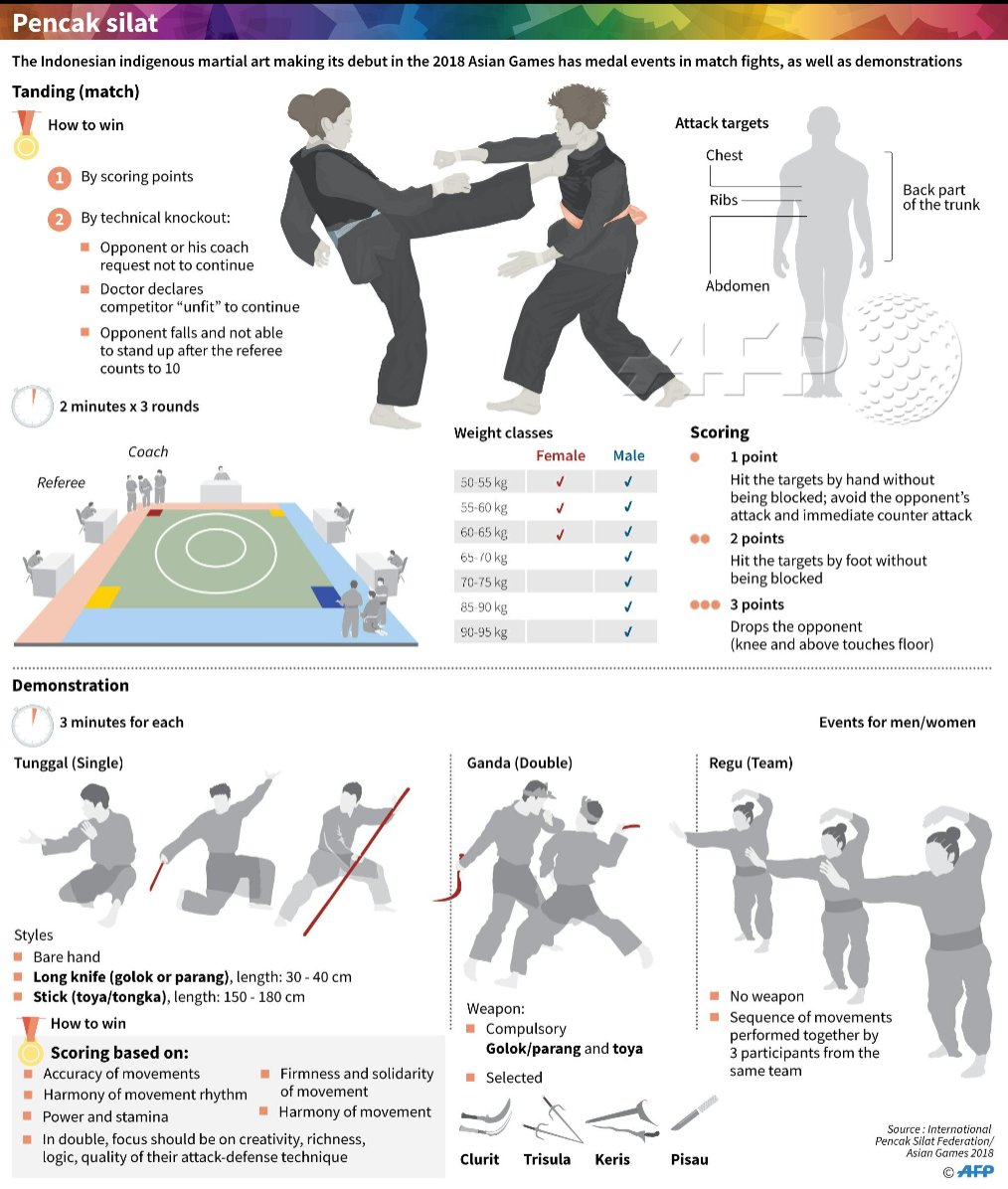Are you tired of sensation bewildered by the huge globe of fighting styles? With a lot of designs to choose from, it can be very easy to obtain lost in a sea of strikes, kicks, and mysterious names. But anxiety not!
This conversation will certainly demystify the various fighting styles designs, taking you on a journey from the powerful strikes of Karate to the vibrant kicks of Taekwondo. Prepare yourself to uncover the beginnings, techniques, and approaches behind these ancient art types.
So, tighten your belt and prepare to embark on an enlightening expedition into the exciting globe of fighting styles.
Origins of Martial Arts Styles
The origins of martial arts styles can be mapped back to old human beings and their need for protection and combat techniques. Throughout background, various cultures established their very own special methods of battling, each with its own set of methods and ideologies.
In China, for example, martial arts designs such as Martial art and Tai Chi were established as a way of protection and boosting physical and mental well-being.
In Japan, the samurai warriors created styles like Karate and Judo, focusing on self-control, precision, and proficiency of the body.
In a similar way, in Korea, Taekwondo became a fighting style stressing high kicks, rapid motions, and mental perseverance.
These very early civilizations laid the structure for the varied range of fighting styles styles that exist today, each with its own rich background and social value.
Techniques and Training Methods
To understand fighting styles styles, professionals need to learn various techniques and training techniques.
https://best-martial-arts-for-big56555.dreamyblogs.com/33579805/stopping-injuries-throughout-strenuous-martial-arts-practice are the particular activities and actions used in combat, such as punches, kicks, tosses, and obstructs. Various martial arts designs have their own unique collection of strategies that professionals need to master through extensive training.
Educating methods vary depending on the design, yet they generally entail a mix of physical fitness, drills, competing, and types.
Physical fitness is essential to build strength, adaptability, and endurance. Drills aid specialists refine their techniques and improve their speed and precision.
Sparring permits specialists to exercise their methods in a managed, reasonable atmosphere. Kinds, also known as kata, are cut-and-dried series of activities that aid specialists develop muscular tissue memory and emphasis.
Ideologies and Concepts
Exploring the philosophies and principles of fighting styles styles can offer you with a much deeper understanding of your selected technique. Each martial art has its own unique viewpoint and collection of guiding concepts that form the way it's exercised.
As an example, Martial arts highlights self-control, respect, and self-constraint. It teaches practitioners to focus their minds and bodies, allowing them to defend themselves while maintaining a feeling of internal tranquility.
On the other hand, Taekwondo puts a strong focus on speed, dexterity, and versatility. https://www.fox43.com/article/news/local/new-cumberland-martial-arts-studio-closes-after-an-instructor-was-arrested-new-cumberland-cumberland-county/521-e2b946d4-2934-44b8-98e2-46352276f1b1 are rooted in the tenets of courtesy, honesty, perseverance, self-discipline, and unbeatable spirit.
Final thought
Now that you've checked out the origins, techniques, and approaches of different fighting styles styles, you have a deeper understanding of these old techniques.
Visualize a young karate pupil, practicing with steadfast determination and emphasis, appearing boards with an effective punch.
Their journey showcases the devotion and stamina required to grasp a fighting style, advising us that with discipline and perseverance, anything is feasible.
